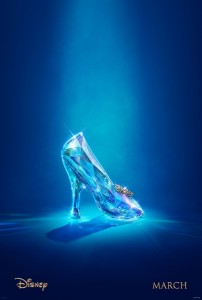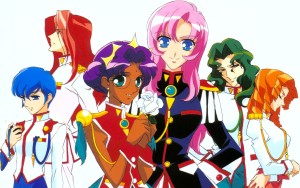
Cinderella came out this week: in anticipation of this, there has been a pitched war between the bloggers and movie critics who say it represents a dangerous return to 1950s assumptions about womanhood and female desirability or that it’s a refreshingly straightforward reminder of belief in kindness and achieving impossible dreams. I haven’t seen the movie yet, so I won’t argue where on that spectrum Branagh’s effort falls. However, I would like to point out that both sides are using the phrase “fairy tale” in a way that has become increasingly common in the United States and may not be entirely accurate.
The current association of fairy tales with princesses, happy endings and snap-your-fingers marriages is largely due to Walt Disney’s influence on film and popular culture. It’s common knowledge that Disney edited his 1937 version of Snow White to both reflect his own core values and appeal to zeitgeist of US audiences in the 1930s: for example, the dwarves found Snow White cleaning the cottage rather than making a mess, the Queen’s violent fate was toned down, and Snow was aged up in order to support a romantic storyline. However, what’s less common knowledge is that the Grimm Brothers themselves edited and toned down the story to appeal to their own audience. In earlier versions of the story, the Queen was actually Snow White’s mother and took her to the forest herself and then abandoned her.
The first point here is that every new version of a story is just that: a version. It will reflect cultural perspectives, the author’s proclivities and incidental alterations that become magnified over time. Like language, stories are continually evolving. One of the dangers of Disney (and it’s copyrights) is that their version of the story is often perceived as the final word: the “definitive” version of the story. This monopolization of a story comes at the price of multiple layers of meaning and the resulting experience with ambiguity. Fairy tales, like life, are never just one thing.
This leads to my second point, which is that folk tales, the genre to which fairy tales belong, have been used throughout history to explore the confusing and ambiguous nature of lived experience. Such stories have been used to provide children with moral instruction, yes, but also to explore what it means to be alive. The simplicity of their plot structure and lack of character development does not necessarily imply a black and white version of the universe; in fact, it does quite the opposite.
Folk tales, and fairy tales specifically, provide the outline of a series of events that seem to contradict expectation and thus force the audience to ask important questions about reality (i.e., a mother who is so threatened by her daughter that she leaves her to die in the woods.) Think Little red riding hood, Jack and the beanstalk and yes, even Cinderella. Stories about magic are an exploration of the important but difficult to vocalize elements of our subconscious. They are an expression of a reality that we navigate but know on some level we cannot control.

This more complex view of fairy tales is still relevant in television and on the big screen – looking at our database on fttv.com, it becomes clear that for every Bachelorette glass slipper, there is also a Revolutionary Girl Utena gender-reversed prince. Unless we start to have more conversations, however, about how these folktales have evolved throughout history, popular culture will continue to emphasize a single dead-end version. When “fairy tale” becomes code in our culture for a simplistic, patriarchal story with a pre-determined ending, we are denying ourselves access to an incredible inheritance of questions and conversations about the nature of reality and what it means to have a happy ending.
